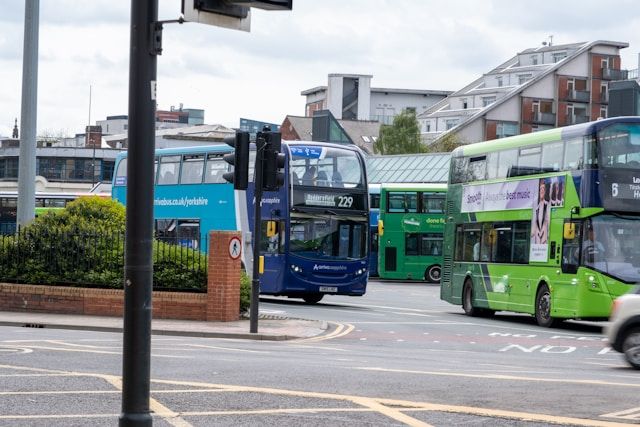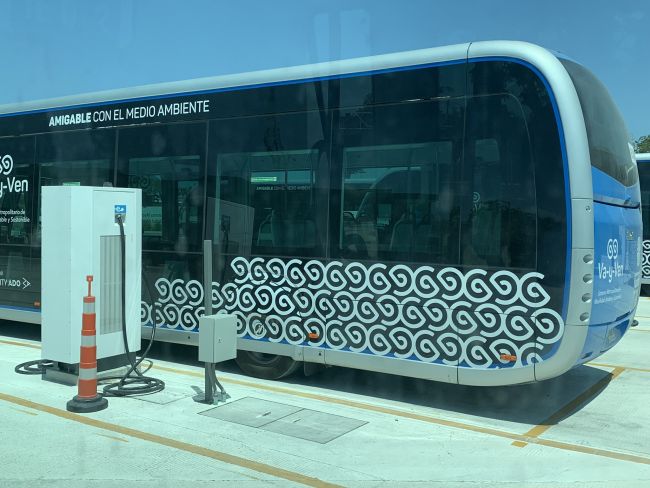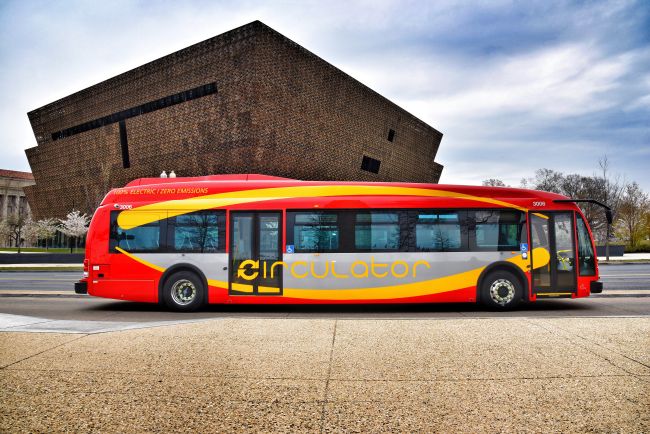Direct transit ridership forecasting
The regional travel demand model is the traditional tool for forecasting transit ridership.

The regional travel demand model is the traditional tool for forecasting transit ridership. Future plans for the transit and highway networks and services are combined with economic, population and employment assumptions to forecast future travel patterns and transit ridership.
Particularly where transit use is low, these models are typically developed and calibrated with the aim of reproducing the current patterns of travel by private automobile. Each automobile trip diverted to transit is assigned to stations, typically those that result in the lowest end-to-end walk and travel time, and then total ridership is aggregated by station and transit line. The model may predict total transit ridership accurately, but provide only poor estimates of ridership from each station or on each route.
This approach may be satisfactory for estimating total ridership or, in bus-based systems, the total fleet size required to provide adequate capacity. However, a transit agency may want to estimate ridership increases from the construction of a new station. A private developer may want to find the optimal mix of uses from its proposed transit-oriented development. A city may want to know how much traffic the local streets can absorb from a new transit station garage or parking lot. A Metropolitan Planning Organization may want to allocate land in such a way that maximizes transit share. All would like these estimates to be provided by a quick-response tool, rather than a detailed regional travel demand model which may take a long time to run and have high resource requirements.
One alternative to a regional travel demand model is a Direct Ridership Model (DRM), which uses statistical regression to relate observed transit ridership at individual stations to a series of independent variables. These variables can include population and jobs in the neighborhood, level of service provided by the transit services, level of competition with automobiles, amenities at the station such as parking and bike racks, characteristics of the built environment around the station, and anything else that is relevant and quantifiable. A regression equation is developed which takes into account all the variables which are found to affect ridership significantly. The equation can then be used to predict future ridership at existing stations, or future ridership at future stations, as conditions change.
DRMs have been developed and used in areas such as Los Angeles, Salt Lake City, Boise, Charlotte, St. Louis and Washington, D.C. Their main advantages are quicker run times, simplicity, and sensitivity to meaningful policy variables such as station land use and accessibility. Their primary limitation is the lack of an explicit model of how transit competes with other modes on travel times, and hence how changes in the highway network will feed through to transit ridership. There will be projects where the regional travel model is still necessary to understand these effects. The choice of the most appropriate tool will depend on the scale of the transit investment being considered.





















